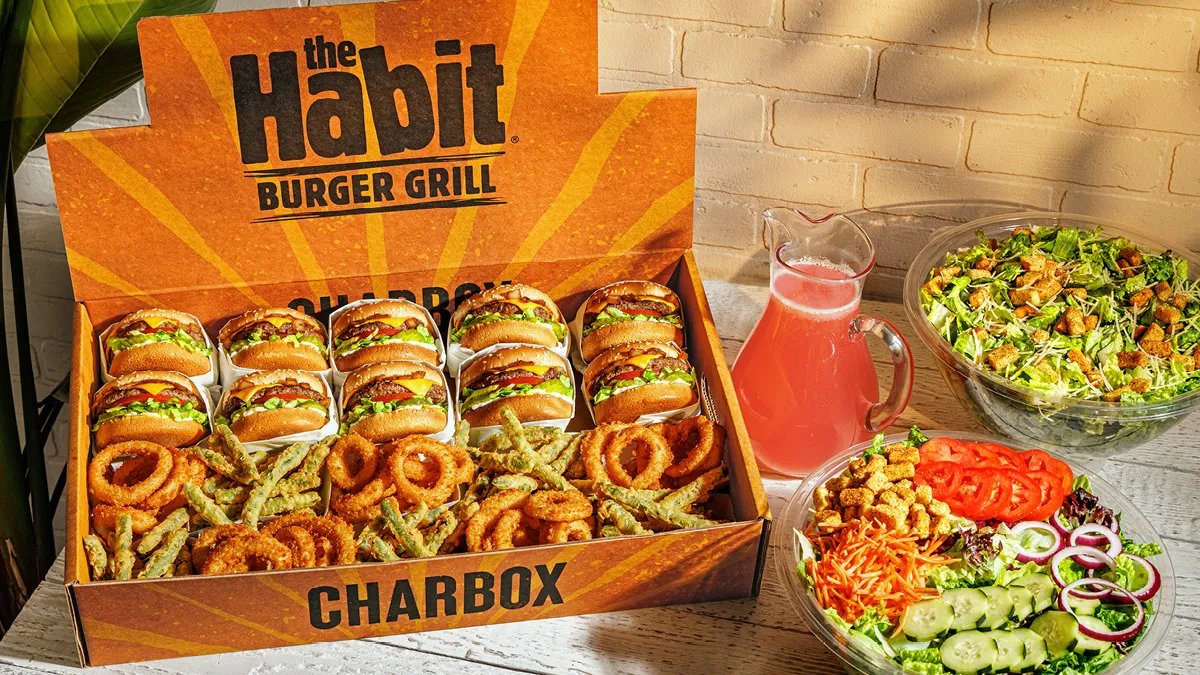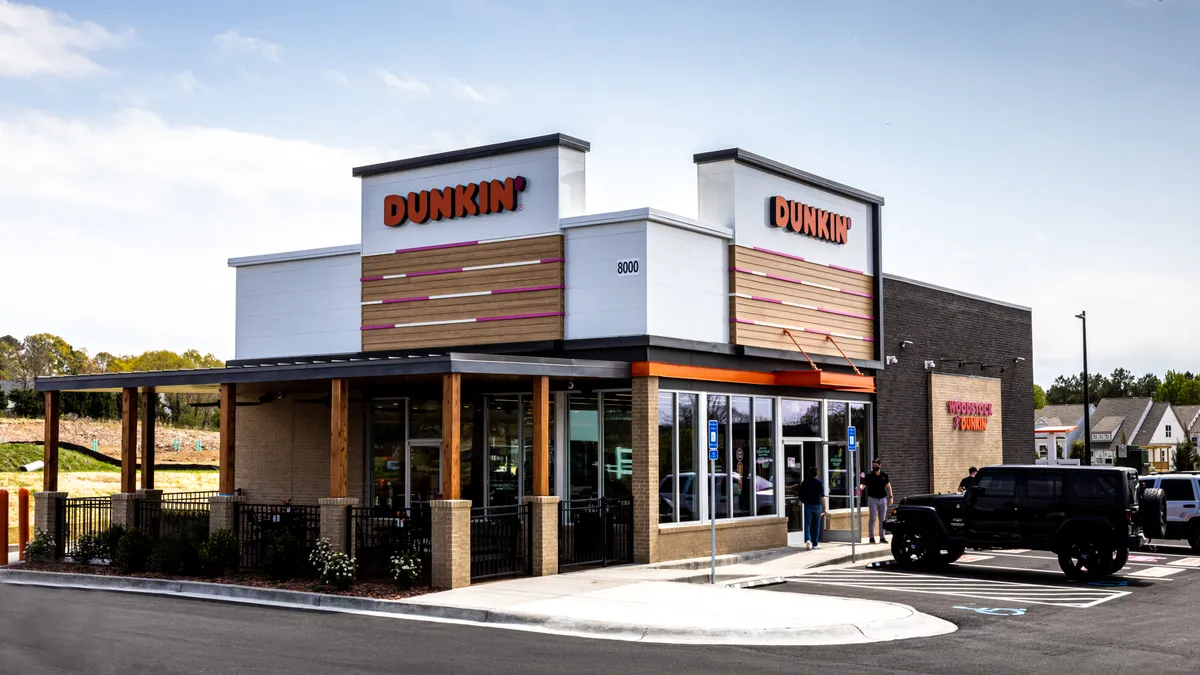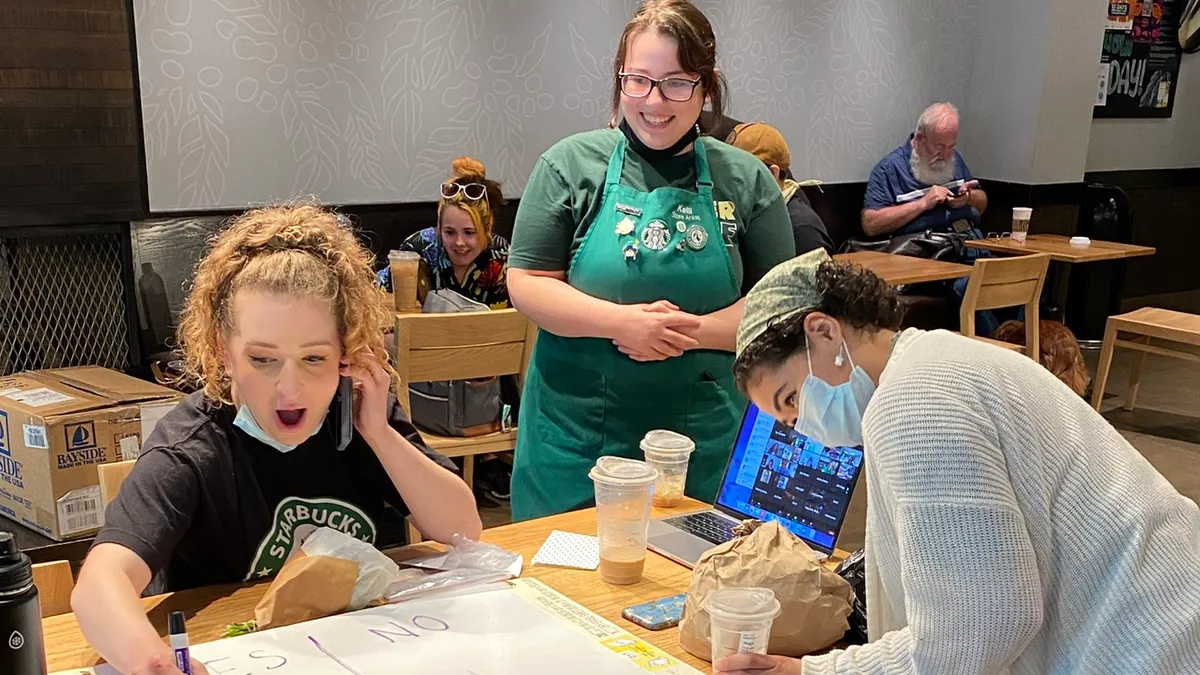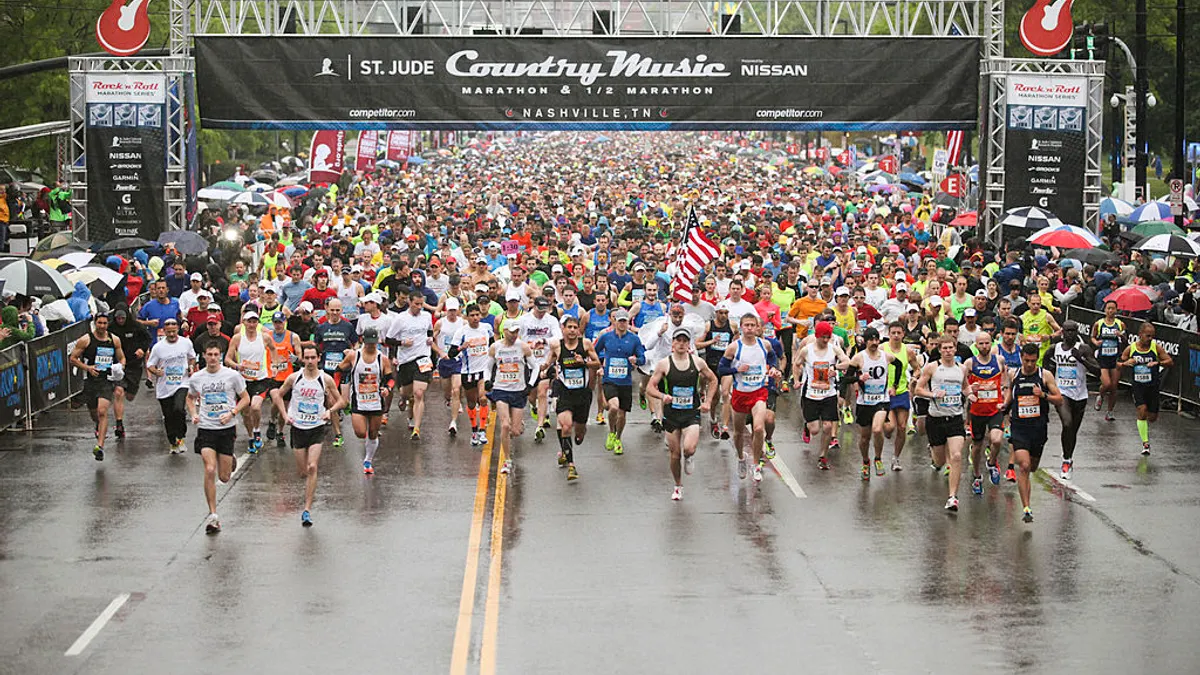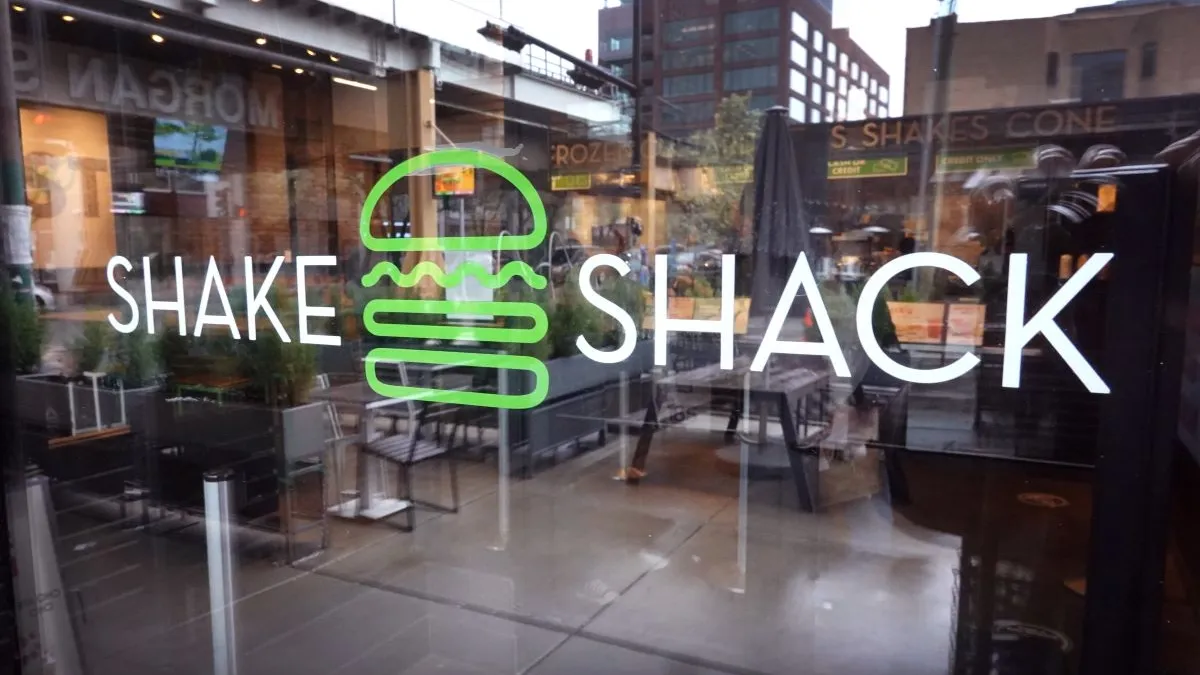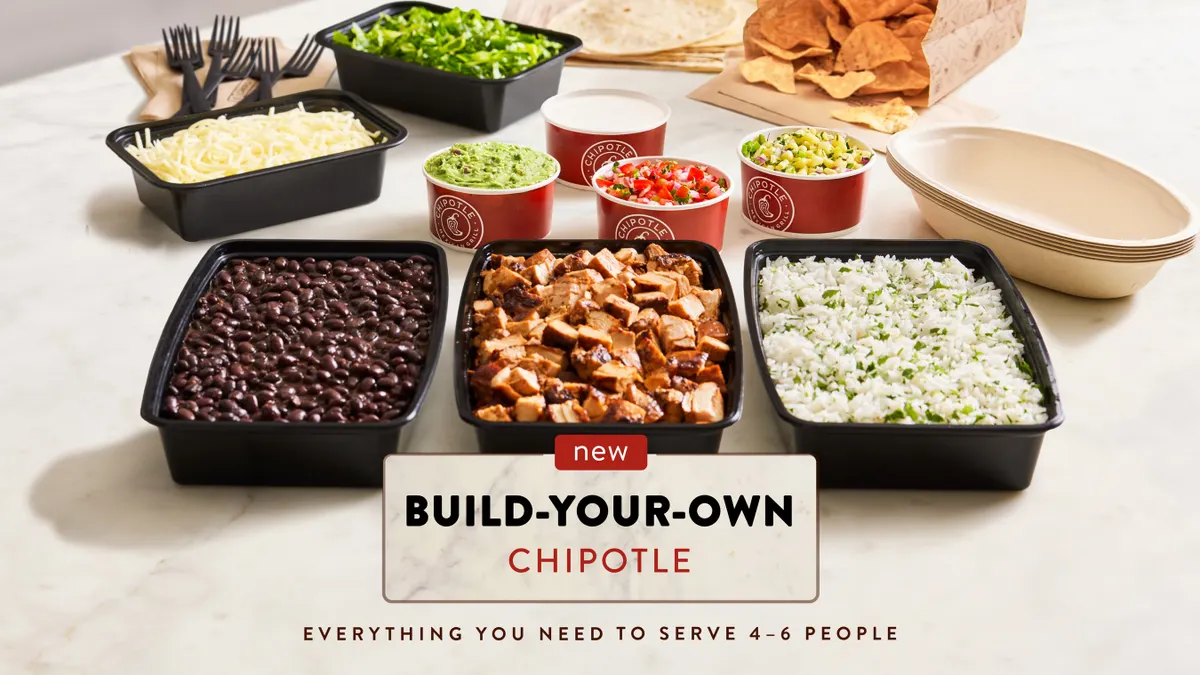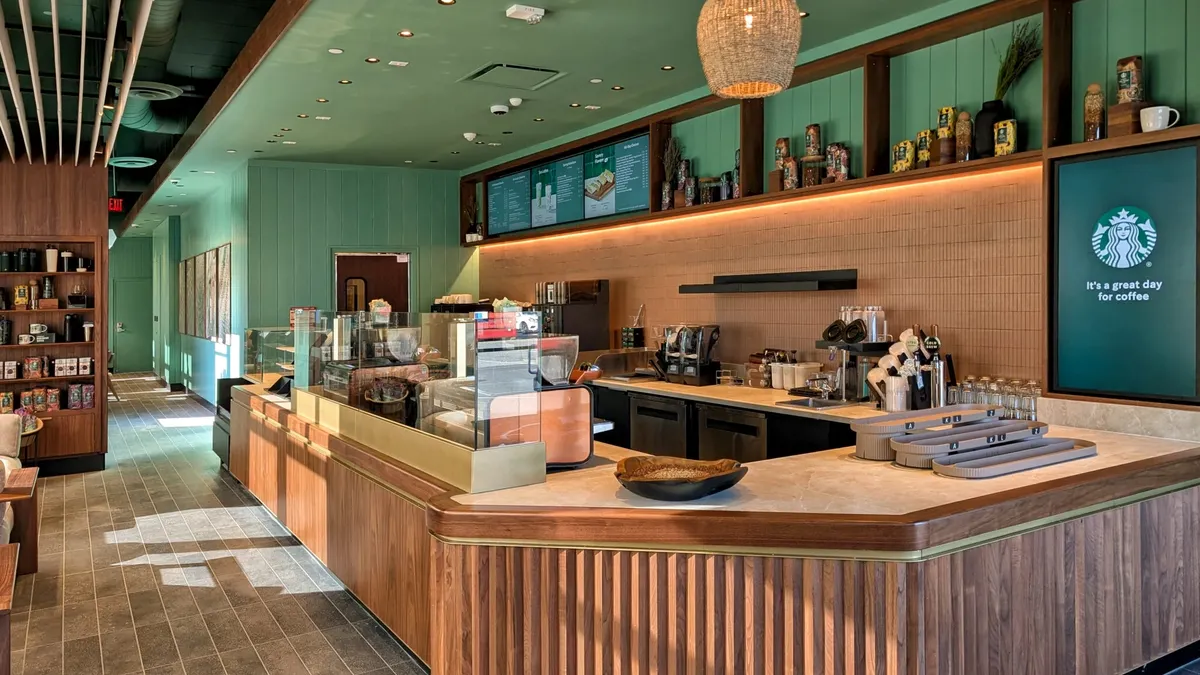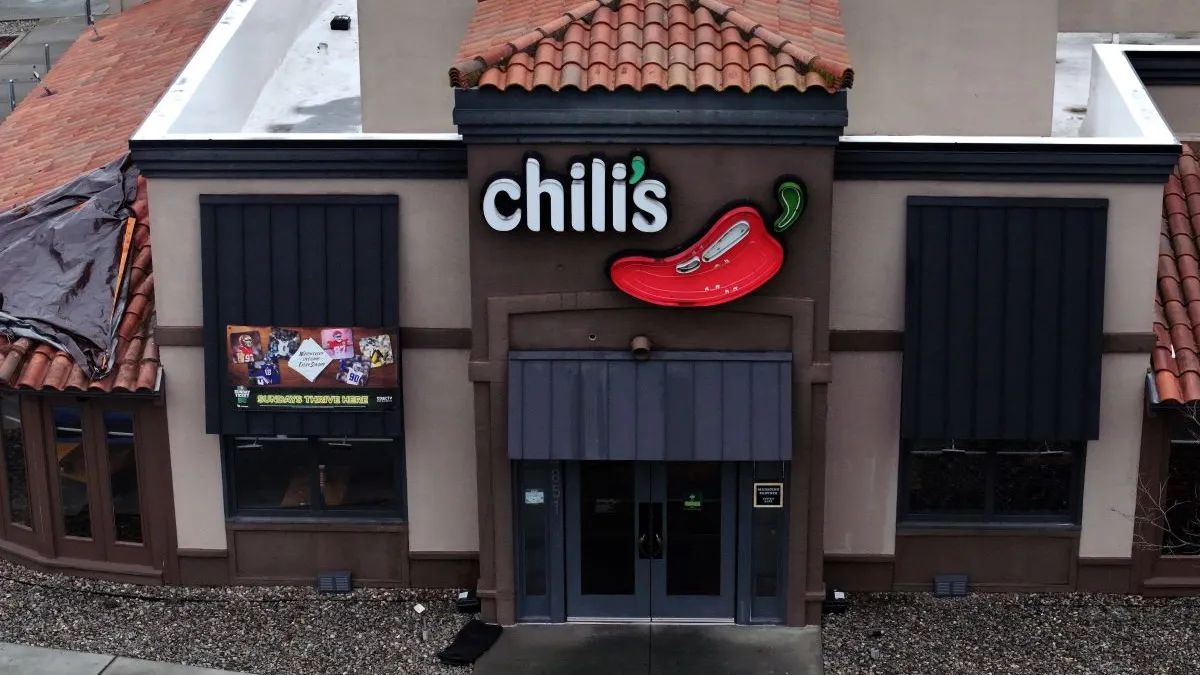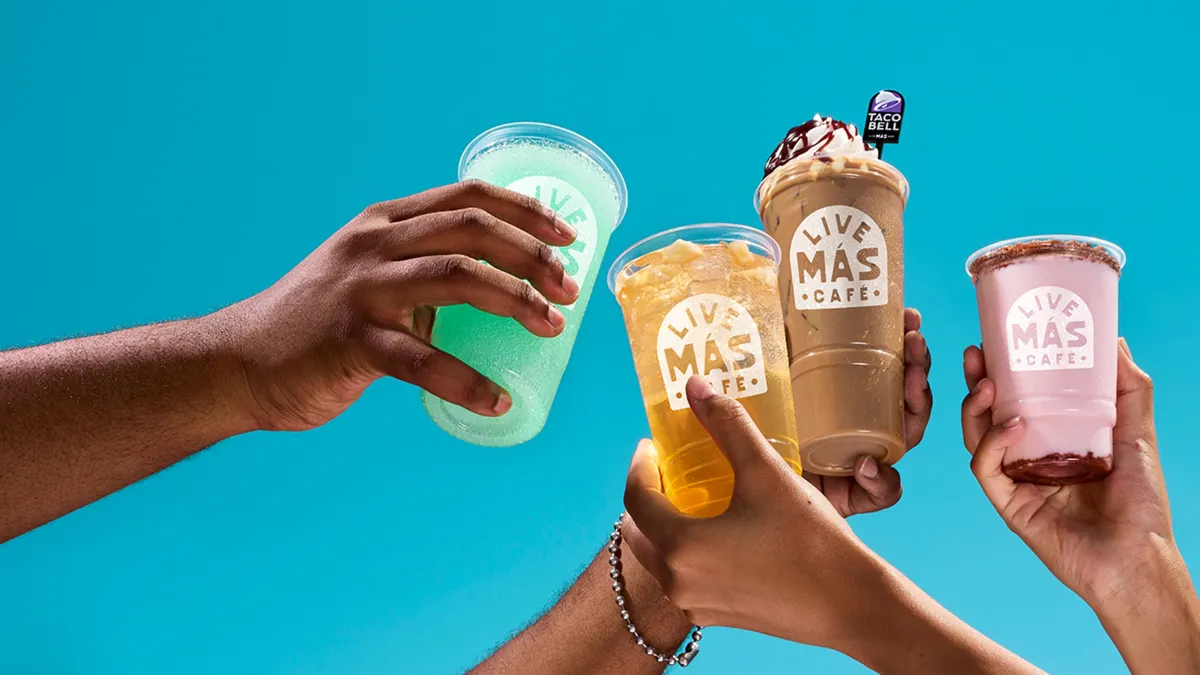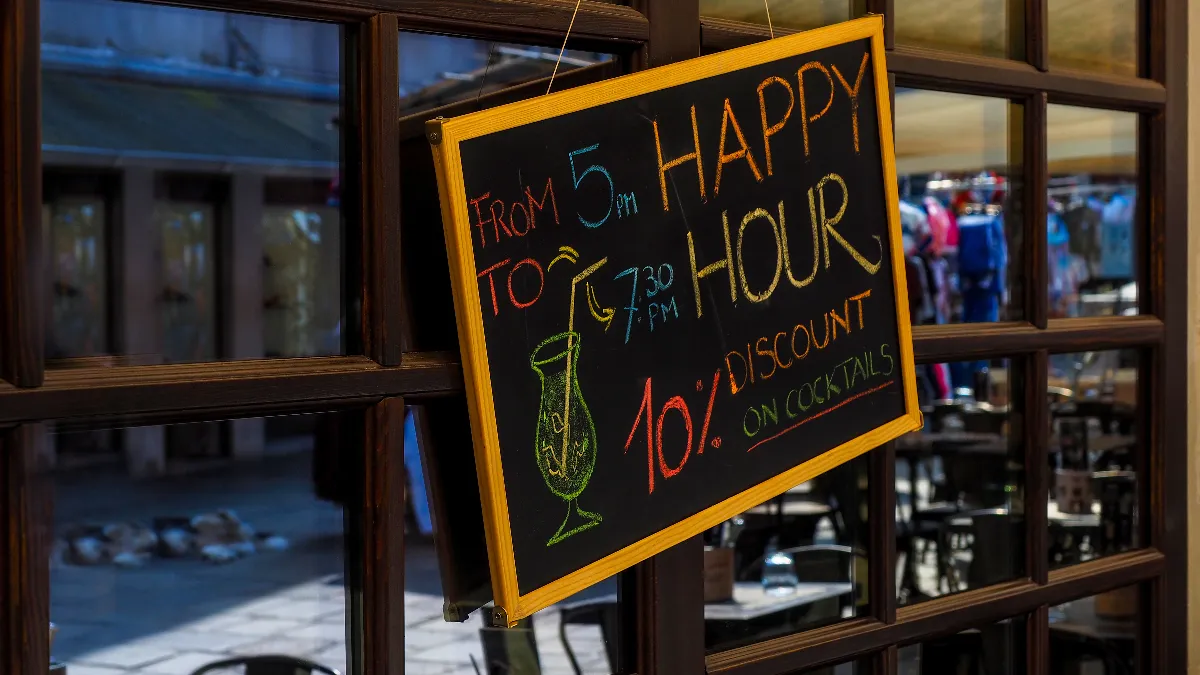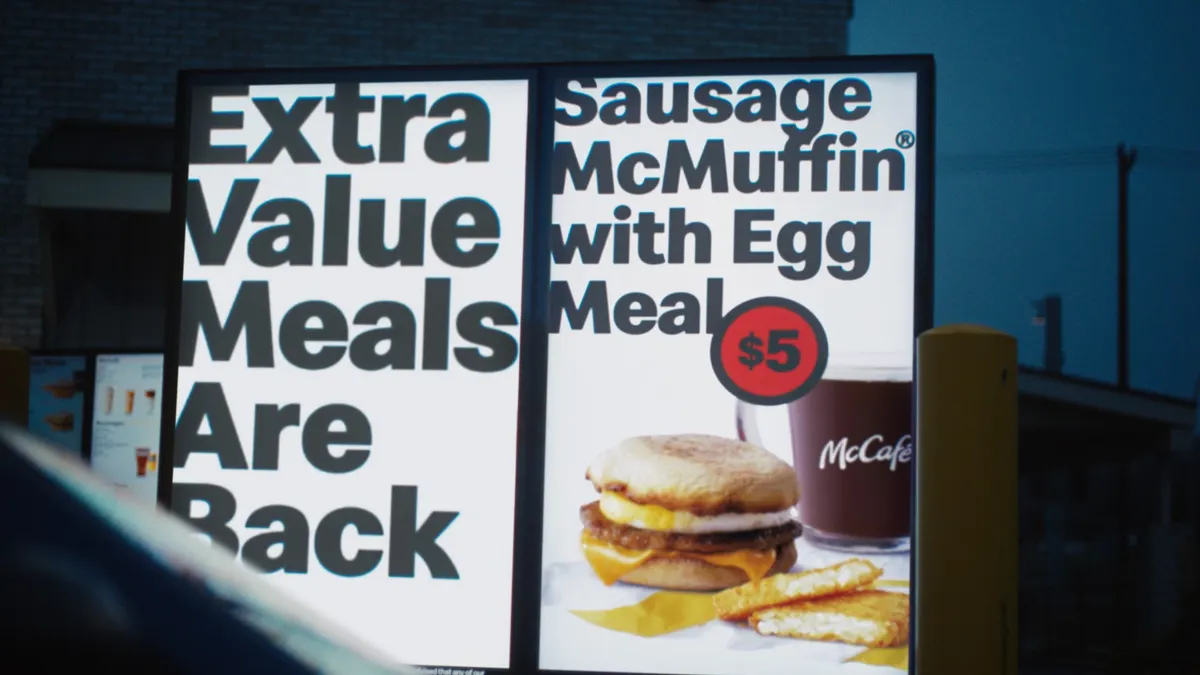When The Habit Burger & Grill launched its catering program through ezCater in June, it wanted to create an additional sales channel, strengthen its connections with other businesses and local communities and expand its brand to new guests, said Jason Triail, Habit Burger’s director of culinary innovation.
Since then, “our catering program has proven to be a valuable local marketing tool, driving increased sales and providing a consistent revenue stream,” Triail wrote in an email.
Habit Burger is one of many restaurant chains that have launched catering programs over the past four years. The types of restaurants that have launched such programs run the gamut, from fast food chains like Bojangles and fast casual and eateries like Subway, Habit Burger & Grill and Panera, to casual dining brands like Outback Steakhouse.
Many chains opt to run their catering services in-house. However, many brands and local chains choose to host their catering services on third-party online catering platforms and delivery services such as ezCater.
Catering can be highly profitable — especially when it serves businesses — since it allows restaurants to supplement Monday through Friday dayparts when there is typically slower consumer dining traffic, said Alison Quinn, CEO of Dinova, a dining management vendor.
That’s because business travel and in-person events have largely recovered since the pandemic. Large business-related events and conferences were 90% recovered compared to pre-pandemic levels, according to Dinova’s fall 2024 State of Business Dining Report.
But launching a program takes preparation: picking the right menus, building connections, and ensuring the food can be delivered at the quality its customers expect, on-time, is all crucial, experts say.
Habit Burger’s catering service offers Charboxes, which include 10 Charburgers and sides. Creating the catering program required investments in research and development to ensure its food traveled in high-quality packaging that kept the food fresh, while maintaining “a beautiful presentation,” Triail said.
“We worked hard to maintain the same high standards of freshness and flavor that our customers expect, even with large-scale catering orders,” he said.
Growing demand
The growth in catering programs is largely being driven by the demand for the service that has surged since the start of the pandemic.
Business travel globally has expanded over the past four years. It’s surpassed 2019 levels and is expected to reach record highs this year at $1.5 trillion in 2024. Due to this trend, business dining also grew 14% between 2023 and 2024 — outpacing the 4% growth in consumer dining during that period, the report stated.
Amid that trend, the global catering services market is expected to grow $103 billion between 2022 and 2027 — with 48% of catering companies reporting corporate catering as the largest growth driver in 2023, the report added.
Catering can bring in big money. Orders through ezCater are typically higher than $400 — giving restaurants incremental revenue from “less price sensitive business customers,” said Kaushik Subramanian, chief revenue officer at ezCater.
Catering generates revenue beyond that single order, however. That’s because when people try a restaurant’s food through catering, they often want to order it on their own.
Large and recurring workplace orders boosted restaurant brand exposure — with 47% of employees surveyed in the ezCater report ordering from a restaurant after first trying it through an employer-provided meal.
Since launching its catering program in June, Bojangles has seen an increase in incremental revenue, with “strong demand from new and loyal fans,” said Eric Stepp, senior off-premise and catering manager at Bojangles.
“Catering provides another opportunity for Bojangles to connect with a broader audience, build brand awareness and become a go-to choice for every occasion,” Stepp wrote in an email.
On-time delivery is key
Midweek lunches and early dinners are typically popular dayparts for restaurant catering — serving corporate meetings, team gatherings and networking events, Quinn said.
Breakfast is also a popular daypart because of morning conferences and meetings, she said. Catering that serves afternoon snacks such as ice cream is growing in popularity as well, as companies look for ways to get their teams together in-person when employees are accustomed to working from home, she added.
But the most crucial factor in capturing that business and getting repeat customers is ensuring the catering arrives on time, said Quinn.
Restaurants can make the food delivery less stressful for customers by offering delivery tracking, which allows them to keep tabs on their orders, said Subramanian.
“If you’re holding a meeting, people are hungry, it is crucial that the food arrives on time,” said Quinn.
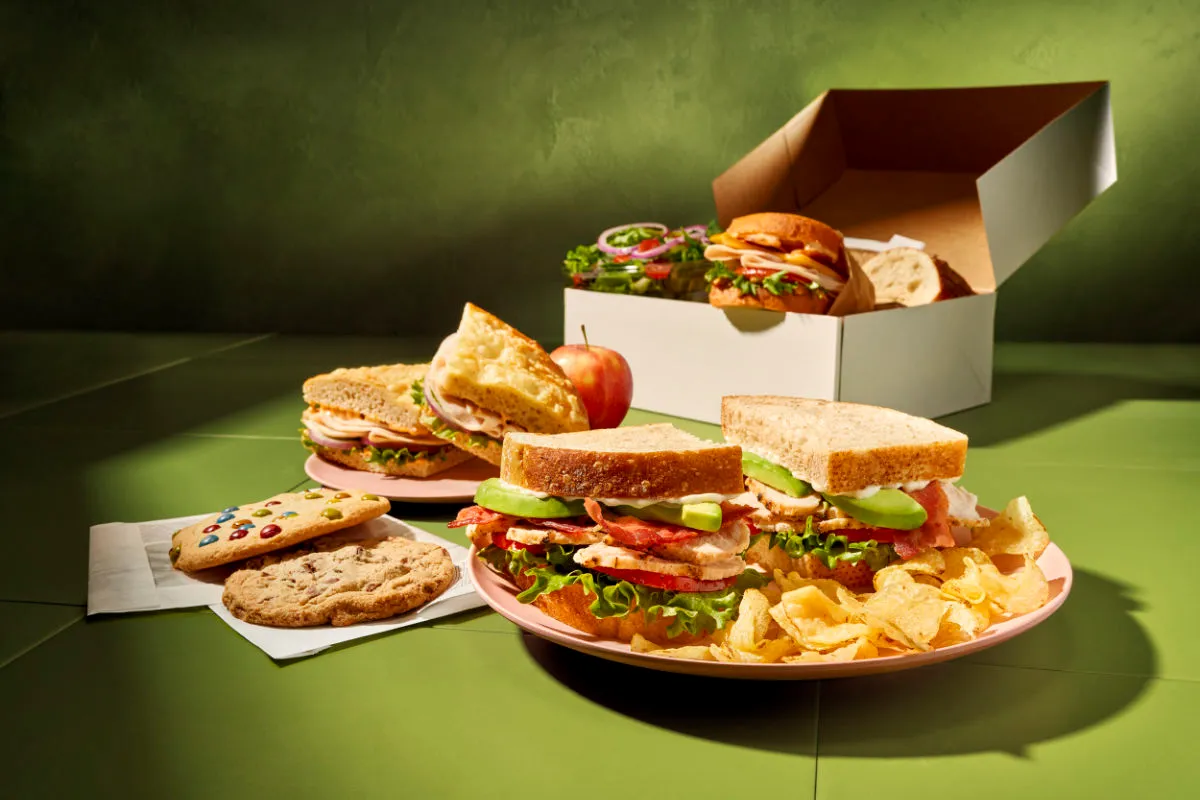
Forging relationships, offering convenience
Restaurants can promote their catering services by investing in building relationships with local businesses to capture “consistent, high-value catering orders,” said Subramanian.
That includes connecting with the people who will be ordering on behalf of companies, such as office managers, executive assistants and pharmaceutical reps, Quinn said.
But they also need to make it easy for those employees to place their order by allowing them to order directly through the restaurant’s website or app and save a profile and payment of choice on the site, she said.
Providing a platform that allows customers to place catering orders online “is table stakes for workplace catering,” said Subramanian. Online ordering for catering is growing in popularity, with orders placed on mobile devices increasing by 67% compared to the year prior, according to ezCater’s Feeding the Workplace report that was released in May.
Communication and convenience is an important aspect of Panera Bread’s catering program — which launched in 2004 as Via Panera before hosting its program on the ezCater website in 2023.
Panera conducts targeted outreach — allowing it to build relationships with its customers. In turn, that creates repeat business, Jim Gerlock, director of catering sales at Panera, wrote in an email.
Panera also offers a variety of menu items that can be bundled and customized, such as sandwiches, salads, soups, and breakfast items — meeting different tastes and dietary needs, Gerlock said.
By focusing on variety and convenience, Panera's catering program can support “any occasion” and offers a menu that meets “a diverse set of needs, tastes and value,” Gerlock said.
Building menus and infrastructure
To serve large groups, restaurants should offer flexible menus that serve a range of eaters, Subramanian said. Menus should include a variety of vegetarian, vegan and gluten-free options to accommodate dietary restrictions, he said.
They should also include buffets, packages and bars as well as individually packaged items that can accommodate different types of meetings, events and recurring meal programs, he added.
Catering programs can serve birthday parties, weddings, workplace meetings and lunches for 300 employees, said Subramanian. Running such a program could require operational investments to the kitchen, more staff and streamlined logistics, he said.
Third-party platforms have allowed Bojangles to scale its catering program while keeping operations simple for its teams, said Stepp. ezCater allowed the company to reach a larger customer base quickly while leveraging their expertise in catering logistics, he said. And Olo allowed customers to place orders on the Bojangles website.
Still, depending on a restaurant’s hours of operation, starting a restaurant program will likely require employees to arrive earlier so they can prepare for lunch and breakfast orders and ensure they are out-the-door in time for delivery to the corporation, said Quinn.
After launching its catering program, Bojangles needed to align its different teams, said Stepp. That includes “ensuring that our technology, partnerships, and store operations were synchronized to deliver a smooth guest experience,” Stepp said.
But despite the work and investment considerations, a well-run catering program can pay off in the long-run.
“The average ezCater order serves 23 people,” said Subramanian. “That’s 23 opportunities to create a great impression and secure a new customer.


